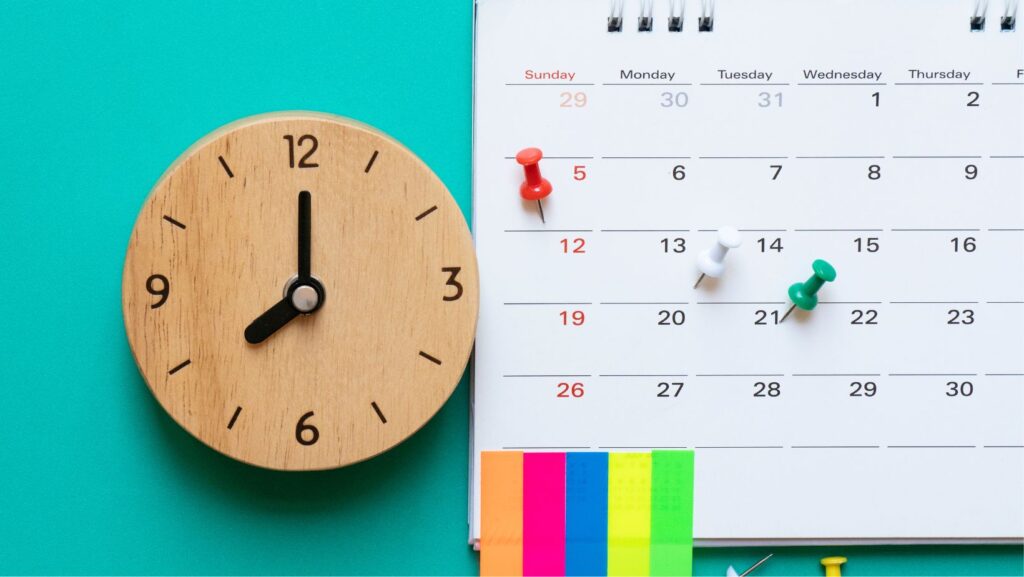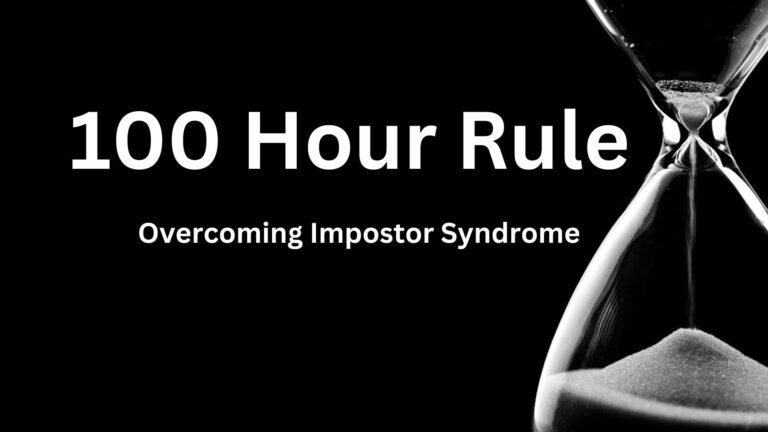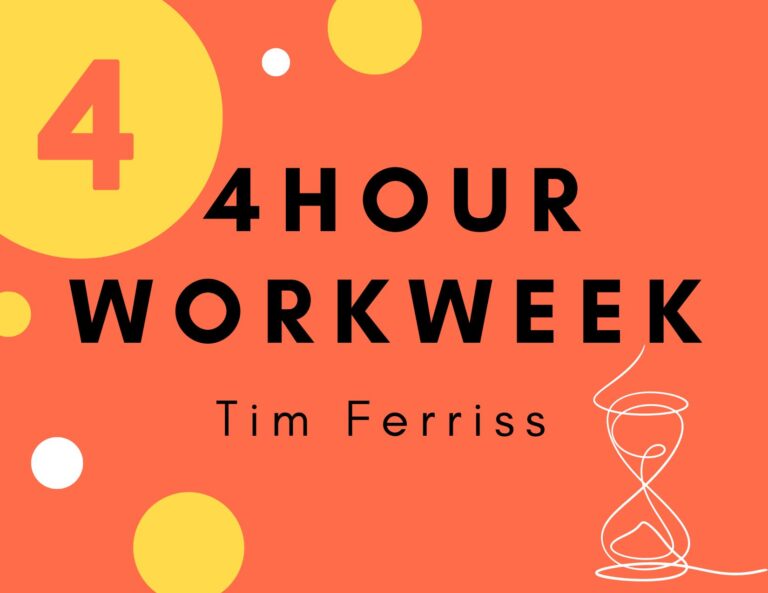Master Mindful Living: 15 Strategies For Cultivating A Presence

Mindful living, or practicing mindfulness, can have a profound impact on our mental health and overall well-being.
Staying present and focusing on the here and now, we can reduce rumination on past events and worry about the future, allowing us to enjoy life more fully and feel more fulfilled.
This article provides a comprehensive guide to help you cultivate mindfulness and embrace living in the present moment.
Understanding Mindful Living
Mindfulness, or mindful living is a mental state obtained by concentrating one’s attention on the current moment while calmly observing and accepting one’s feelings, thoughts, and body sensations.
It is about being fully engaged with our experiences as they unfold without judgment or preconceived notions.
This practice allows us to develop a deeper connection with ourselves and the world around us, promoting emotional balance and overall well-being.
The concept of mindfulness originates from ancient Buddhist and Hindu teachings, but in recent years, it has gained significant popularity in Western cultures due to its proven benefits in reducing stress, anxiety, and depression.
Practicing mindfulness, we can better manage our emotions and thoughts, navigate life’s challenges with more ease, and cultivate a sense of inner peace and contentment.
Living in the present moment, or being mindful, enables us to appreciate the beauty and richness of our everyday experiences.
Instead of getting caught up in worrying about the past or the future, we can direct our attention to what is happening right now.
This heightened awareness allows us to savor the small joys in life, strengthen our relationships, and develop a more profound understanding of ourselves and our place in the world.
Embracing mindfulness, we can lead a more fulfilling, authentic, and meaningful life.
Techniques and Strategies for Staying Present

Mindfulness Meditation
Guided mindfulness meditations can help you develop the skills necessary to live in the present moment.
Focusing on your bodily sensations and breathing, you can practice being present and fully engaged with the current moment.
The Raisin Exercise
The raisin exercise involves using all five senses to explore a raisin.
- Observe its appearance, noticing each crevice.
- Then notice how it feels in your hand. Then put it up to your nose and notice its smell.
- Then put the raisin on your tongue and pay attention to how it feels.
- Then bite into it and notice how it tastes.
- Chew and swallow it, noticing how it feels going into your body.
This exercise can help you become more aware of your senses and physical experiences, making it easier for you to stay present.
Practicing Gratitude
Gratitude is an orientation towards noticing and appreciating the positive things in the world.
Practicing gratitude can help you cultivate awareness, and will make it easier to stay present.
Appreciate the small joys in life, like the smell of fresh-cut grass or the sight of a flower growing between sidewalk squares in the middle of a city.
Stopping Rumination Cycles
Rumination is the repetitive and passive concentration on symptoms of discomfort and their potential origins and consequences.
Living in the present, we can take action to resolve our problems and emotions instead of ruminating on them, reducing anxiety and depression.
Box Breathing
Box breathing is a controlled breathing technique that helps you focus on the present moment while calming your physiology and reducing stress. You can find a guided box breathing exercise here
Body Scan Meditation
The body scan exercise involves bringing attention to your body. Start by closing your eyes and shifting your focus from one region of the body to the next, noticing any sensations you experience.
Practicing this awareness, you can build the skills necessary to stay present.
Engaging in Mindful Movement

Activities like yoga, tai chi, or even a mindful walk can help you stay present and focused. Incorporating mindful movement into your daily routine can have a positive impact on your overall mindfulness practice.
Taking Mindful Photos
Use photography as a tool to help you notice and appreciate your surroundings. Snap a few photos each day of things you’ve never noticed before, reminding yourself to stay present and engaged with the world around you.
Using Mindfulness Cues
Incorporate specific cues or reminders throughout your daily routine to help bring your attention back to the present moment.
This can be as simple as setting a reminder on your phone or placing a small object on your desk as a visual cue to refocus your attention.
Engaging in Mindful Conversations

Practice active listening when interacting with others. Focus on the words being spoken, the tone of voice, and the body language of the person you are talking to.
By being fully present in conversations, you can improve your relationships and enhance your overall sense of presence in daily life.
Disconnecting from Technology
Set aside specific times during the day to unplug from devices such as phones, tablets, and computers.
This can help you reduce distractions and encourage you to focus on the present moment and your immediate surroundings.
Savoring the Moment
When engaging in activities that you enjoy, take the time to fully immerse yourself in the experience.
Pay attention to the details, emotions, and sensations that arise during these moments. This can help deepen your appreciation for the present and cultivate a greater sense of presence.
Practicing Self-Compassion
Be kind to yourself when your mind wanders or when you struggle to stay present. Recognize that it is normal for the mind to wander, and gently redirect your focus back to the present moment without judgment.
Developing a Mindfulness Routine
Establish a daily routine that includes mindfulness practices, such as meditation, yoga, or journaling. This can help build a consistent habit of living in the moment and increase the likelihood of experiencing the benefits of mindfulness over time.
Creating a Mindful Environment
Set up your living and working spaces to promote mindfulness and presence. This could include decluttering, introducing calming elements such as plants or natural light, and minimizing distractions to encourage a more present-focused mindset.
Final Thoughts
Living in the present moment is a valuable skill that can significantly boost mental health and well-being.
By incorporating the strategies and techniques outlined in this article, you can cultivate mindfulness and enjoy a more fulfilling, present-focused life.
Embrace the journey and experience the benefits of living in the moment for yourself.
Bio:

Ronnie Patterson
Ronnie Patterson, founder of MagnÜron, is a multifaceted entrepreneur with a diverse background in music, electronics engineering, and engineering management. Drawing on experience across various industries, He offers expertise in SEO, operations, and strategy to help businesses thrive. Possessing a unique perspective and unwavering commitment to collaboration, and ideal partner for growth and success.






